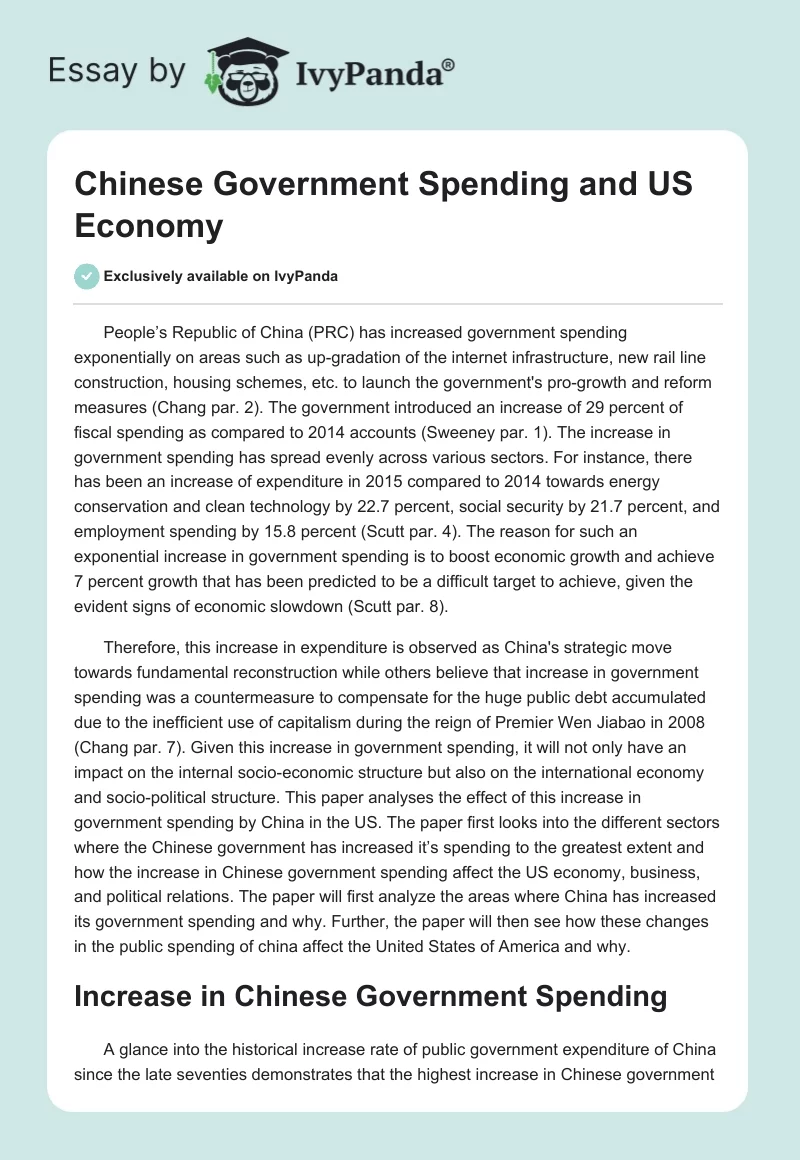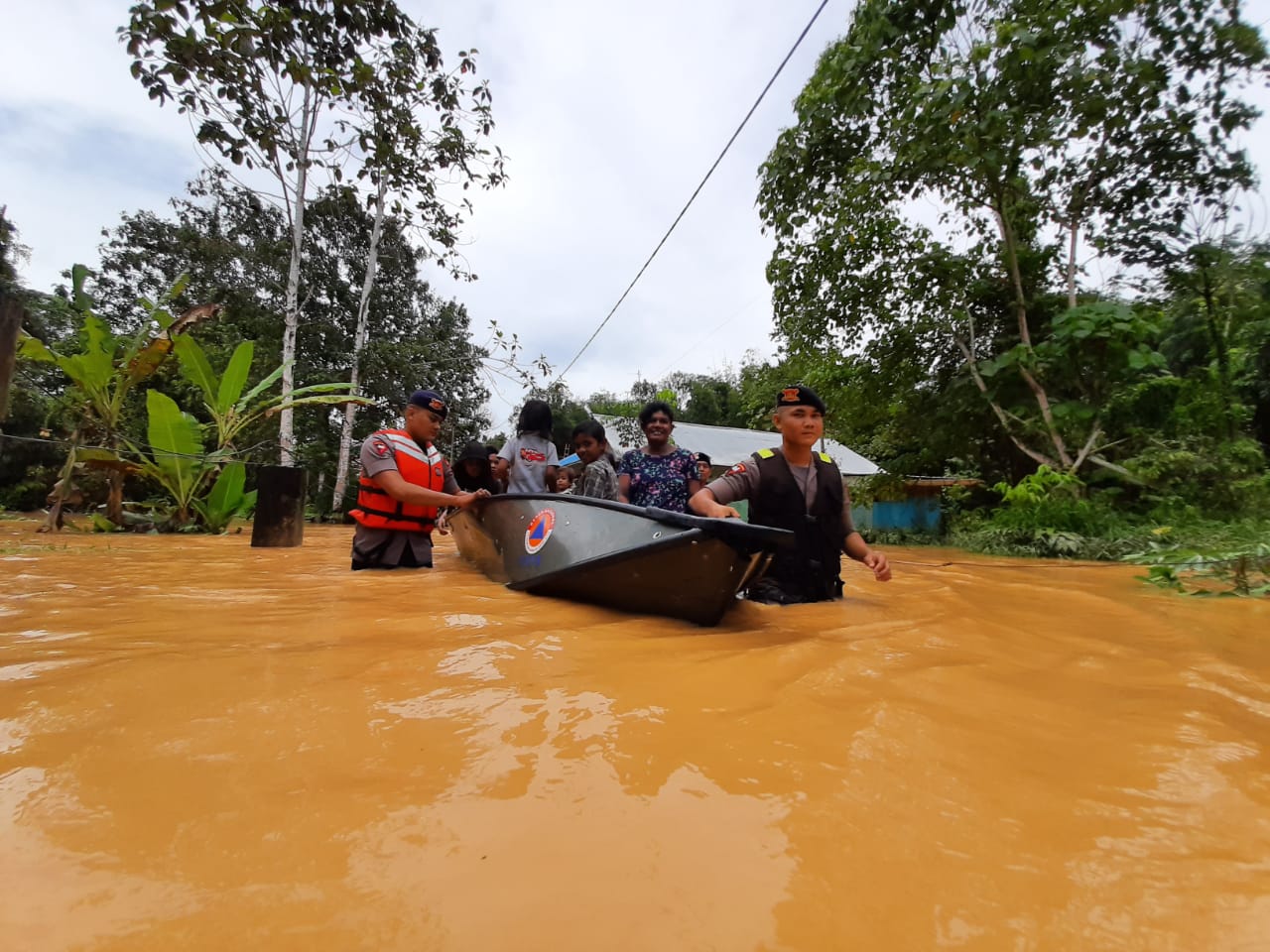Climate Whiplash: A New Threat To Cities Worldwide

Table of Contents
Understanding Climate Whiplash and its Impacts on Urban Infrastructure
The Mechanics of Climate Whiplash
Climate whiplash is a direct consequence of climate change and global warming. The underlying mechanisms are complex, but essentially involve disruptions to established weather patterns. Think of it as a rollercoaster of extreme weather events, fueled by a warming planet.
- Changes in jet stream patterns: A weakening and more erratic jet stream leads to amplified weather systems, trapping extreme conditions over specific areas for extended periods.
- Amplified weather systems: Warmer air holds more moisture, leading to more intense precipitation events – resulting in flash floods – and more prolonged periods of drought.
- Feedback loops: Melting ice and snow reduce albedo (reflectivity), further warming the planet and exacerbating the intensity of extreme weather events. This creates a cycle that intensifies climate whiplash.
Infrastructure Vulnerability
Our cities' infrastructure, designed for more predictable weather patterns, is highly vulnerable to the rapid shifts characteristic of climate whiplash.
- Roads and bridges: Rapid temperature swings cause expansion and contraction in materials, leading to cracking and structural damage. Flooding can undermine foundations, causing collapses.
- Power grids: Extreme heat can overload systems, leading to power outages, while flooding can short-circuit electrical equipment and damage substations.
- Water systems: Periods of intense drought can deplete reservoirs and reduce water pressure, while subsequent heavy rainfall can overwhelm drainage systems and contaminate water supplies.
- Increased risk of landslides: Intense rainfall following periods of drought can saturate the ground, making slopes unstable and increasing the risk of landslides in hilly urban areas.
Economic Costs of Climate Whiplash
The economic consequences of climate whiplash are substantial and far-reaching.
- Repair and replacement costs: Repairing or replacing damaged infrastructure after extreme weather events is incredibly expensive. Costs can run into billions of dollars per event, depending on the severity and location.
- Lost productivity: Businesses can suffer significant losses in productivity due to disruptions caused by power outages, transportation delays, and damage to facilities.
- Emergency response and disaster relief: The costs associated with emergency response, evacuations, and disaster relief efforts add a significant burden to municipal budgets.
- Long-term economic impacts: The cumulative effect of repeated climate whiplash events can have devastating long-term economic consequences on affected communities, hindering economic growth and exacerbating existing inequalities.
Public Health Challenges Posed by Climate Whiplash
Heat-Related Illnesses and Mortality
Extreme heat waves, a hallmark of climate whiplash, pose a significant threat to public health.
- Increased risk of heatstroke, dehydration, and other heat-related illnesses: Elderly people, children, and individuals with pre-existing health conditions are particularly vulnerable.
- Vulnerable populations: Low-income communities, often lacking access to air conditioning and adequate healthcare, bear a disproportionate burden of heat-related illnesses and deaths.
- Public health initiatives: Cities need to develop and implement comprehensive heat action plans, including early warning systems, cooling centers, and public awareness campaigns.
Waterborne Diseases
The rapid shifts between drought and flooding create ideal conditions for the spread of waterborne diseases.
- Contamination of water sources: Flooding can contaminate drinking water supplies with sewage and other pollutants.
- Impact on sanitation systems: Overwhelmed drainage systems can lead to sewage overflows, further increasing the risk of waterborne disease outbreaks.
- Preventative measures: Investment in robust sanitation infrastructure, water treatment facilities, and public health surveillance is crucial to mitigate this risk.
Mental Health Impacts
The constant threat of extreme weather events and the disruption to daily life caused by climate whiplash can have significant psychological consequences.
- Increased stress, anxiety, and PTSD: Frequent exposure to extreme weather events can lead to chronic stress, anxiety disorders, and post-traumatic stress disorder (PTSD).
- Community resilience building initiatives: Strengthening community bonds and providing mental health support services are essential to helping people cope with the psychological effects of climate whiplash.
Building Resilient Cities in the Face of Climate Whiplash
Adaptation Strategies for Urban Planning
Building resilient cities requires a proactive approach to urban planning and infrastructure development.
- Green infrastructure: Green roofs, urban forests, and permeable pavements can help manage stormwater runoff, reduce the urban heat island effect, and improve air quality.
- Improved drainage systems: Investing in robust drainage systems can help prevent flooding and reduce the risk of waterborne diseases.
- Early warning systems: Developing advanced early warning systems for extreme weather events can provide valuable time for emergency preparedness and evacuation.
- Climate-resilient building materials: Using climate-resilient building materials can help reduce damage to buildings during extreme weather events.
Community Engagement and Education
Community involvement is crucial in developing effective adaptation plans.
- Community-based early warning systems: Involving local communities in the design and implementation of early warning systems can improve their effectiveness and ensure that information reaches those most at risk.
- Public awareness campaigns: Educating the public about the risks of climate whiplash and the importance of preparedness can encourage individuals to take protective measures.
- Citizen science initiatives: Involving citizens in data collection and monitoring can help to improve understanding of local climate risks and inform adaptation strategies.
Technological Advancements
Technology plays a vital role in enhancing climate resilience.
- Smart sensors for monitoring weather patterns: Real-time monitoring of weather patterns can improve the accuracy of forecasts and provide advance warning of extreme weather events.
- Predictive modeling: Sophisticated predictive modeling can help cities anticipate and prepare for future climate whiplash events.
- Data-driven decision-making: Using data to inform urban planning and infrastructure investments can help ensure that resources are allocated effectively to maximize climate resilience.
Conclusion
Climate whiplash poses a severe and growing threat to urban areas worldwide, impacting infrastructure, public health, and economic stability. The unpredictable nature of these extreme weather swings necessitates a fundamental shift in how we design, build, and manage our cities. From investing in green infrastructure and early warning systems to fostering community engagement and leveraging technological advancements, proactive adaptation strategies are crucial. Ignoring the threat of climate whiplash is not an option; building resilient cities is an urgent necessity. Understanding and mitigating the effects of climate whiplash is crucial for building safer and more sustainable cities for future generations. Learn more about climate whiplash adaptation strategies today!

Featured Posts
-
 Can Chinese Consumers Power Economic Growth Household Spending Under Scrutiny
May 28, 2025
Can Chinese Consumers Power Economic Growth Household Spending Under Scrutiny
May 28, 2025 -
 Monte Carlo Masters Zverev Out Sinner Rises To Top Ranking
May 28, 2025
Monte Carlo Masters Zverev Out Sinner Rises To Top Ranking
May 28, 2025 -
 Ajaxs 99th Minute Collapse A Tale Of Nine Points Lost
May 28, 2025
Ajaxs 99th Minute Collapse A Tale Of Nine Points Lost
May 28, 2025 -
 Hujan Deras Sebabkan Balita Tenggelam Di Drainase Batu Ampar Balikpapan
May 28, 2025
Hujan Deras Sebabkan Balita Tenggelam Di Drainase Batu Ampar Balikpapan
May 28, 2025 -
 How The Student Loan Crisis Will Impact The Us Economy
May 28, 2025
How The Student Loan Crisis Will Impact The Us Economy
May 28, 2025
Latest Posts
-
 Kostenlose Unterkunft Lockt Neue Bewohner In Diese Deutsche Stadt
May 31, 2025
Kostenlose Unterkunft Lockt Neue Bewohner In Diese Deutsche Stadt
May 31, 2025 -
 Bernard Kerik Ex Nypd Commissioner Undergoes Hospital Treatment Expected Recovery
May 31, 2025
Bernard Kerik Ex Nypd Commissioner Undergoes Hospital Treatment Expected Recovery
May 31, 2025 -
 Former Nypd Commissioner Bernard Kerik Hospitalized Update On His Condition
May 31, 2025
Former Nypd Commissioner Bernard Kerik Hospitalized Update On His Condition
May 31, 2025 -
 Former Nypd Commissioner Bernard Keriks Hospitalization Update And Recovery Outlook
May 31, 2025
Former Nypd Commissioner Bernard Keriks Hospitalization Update And Recovery Outlook
May 31, 2025 -
 Ex Nypd Commissioner Kerik Hospitalized Full Recovery Expected
May 31, 2025
Ex Nypd Commissioner Kerik Hospitalized Full Recovery Expected
May 31, 2025
